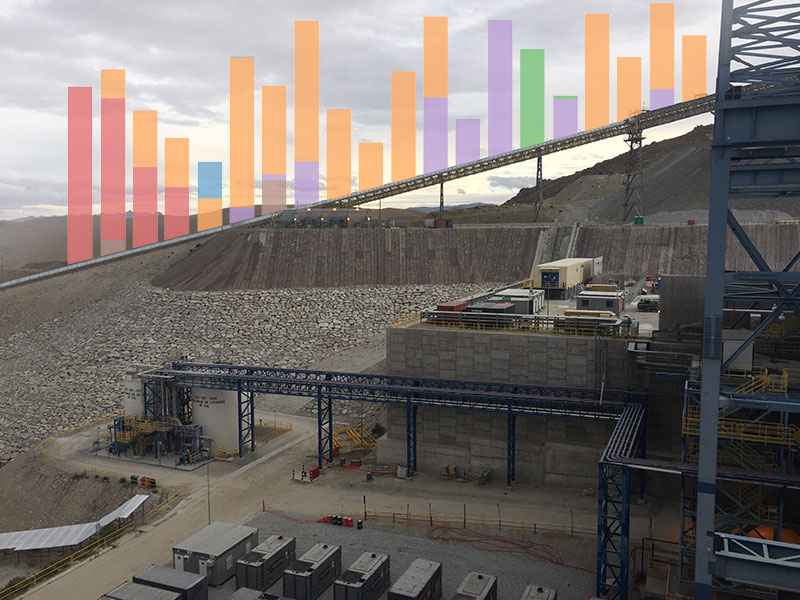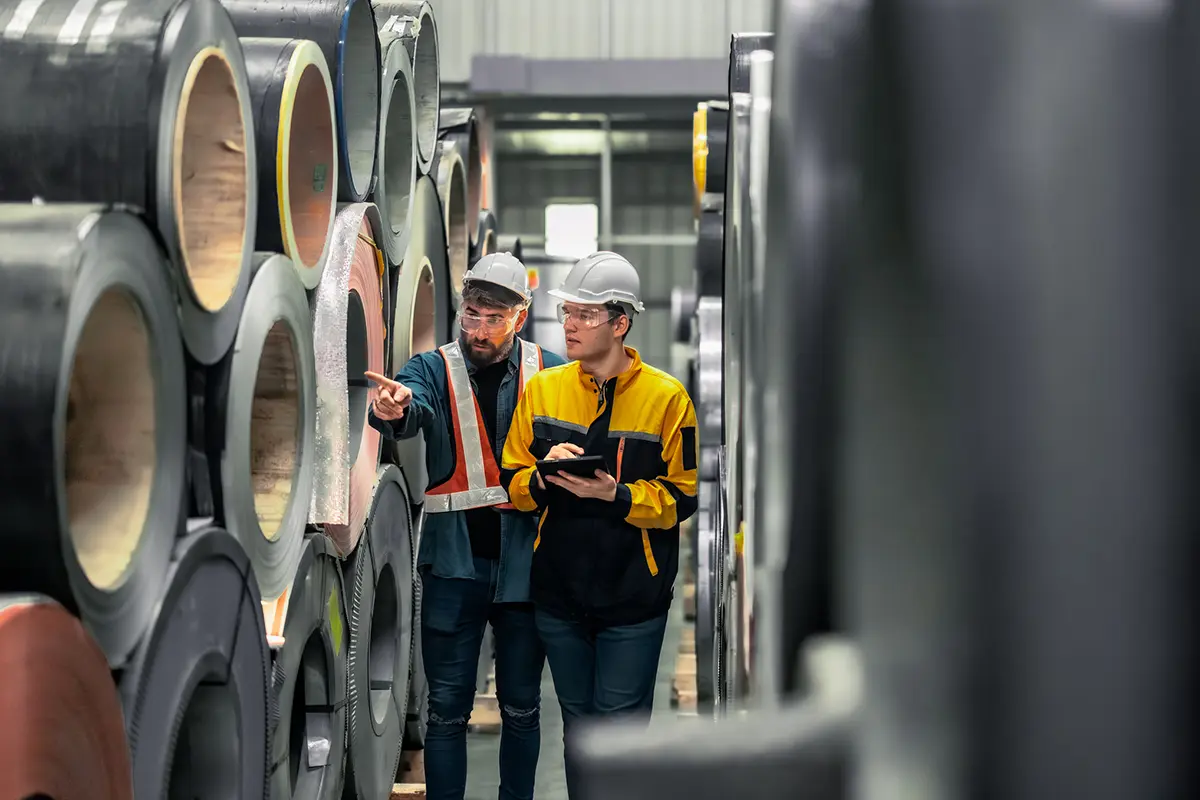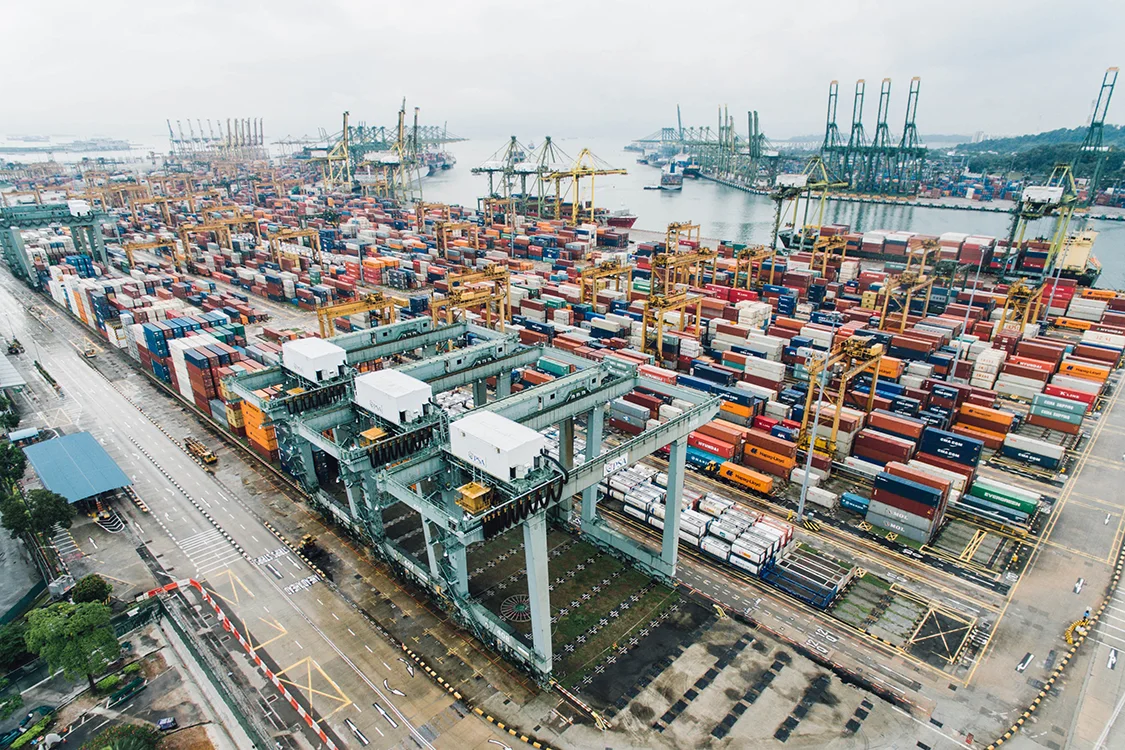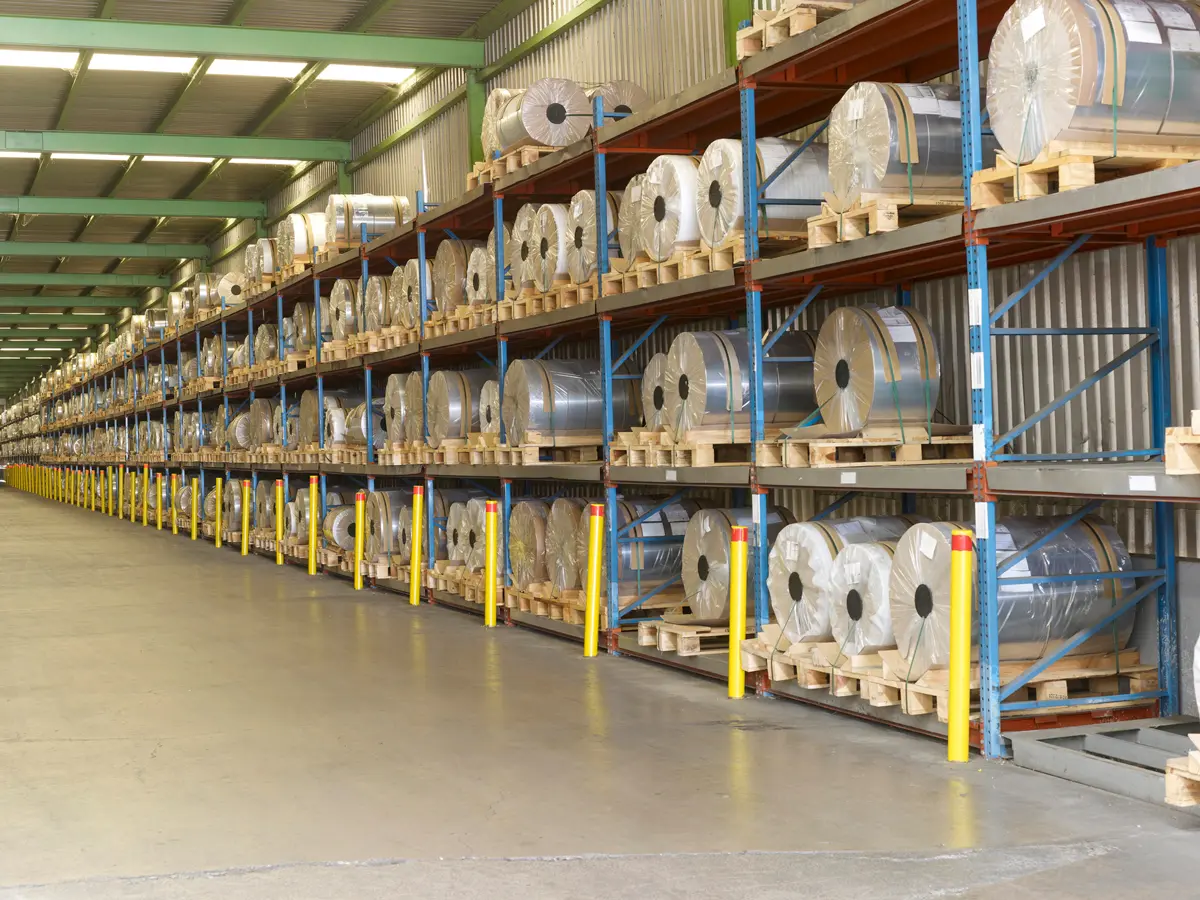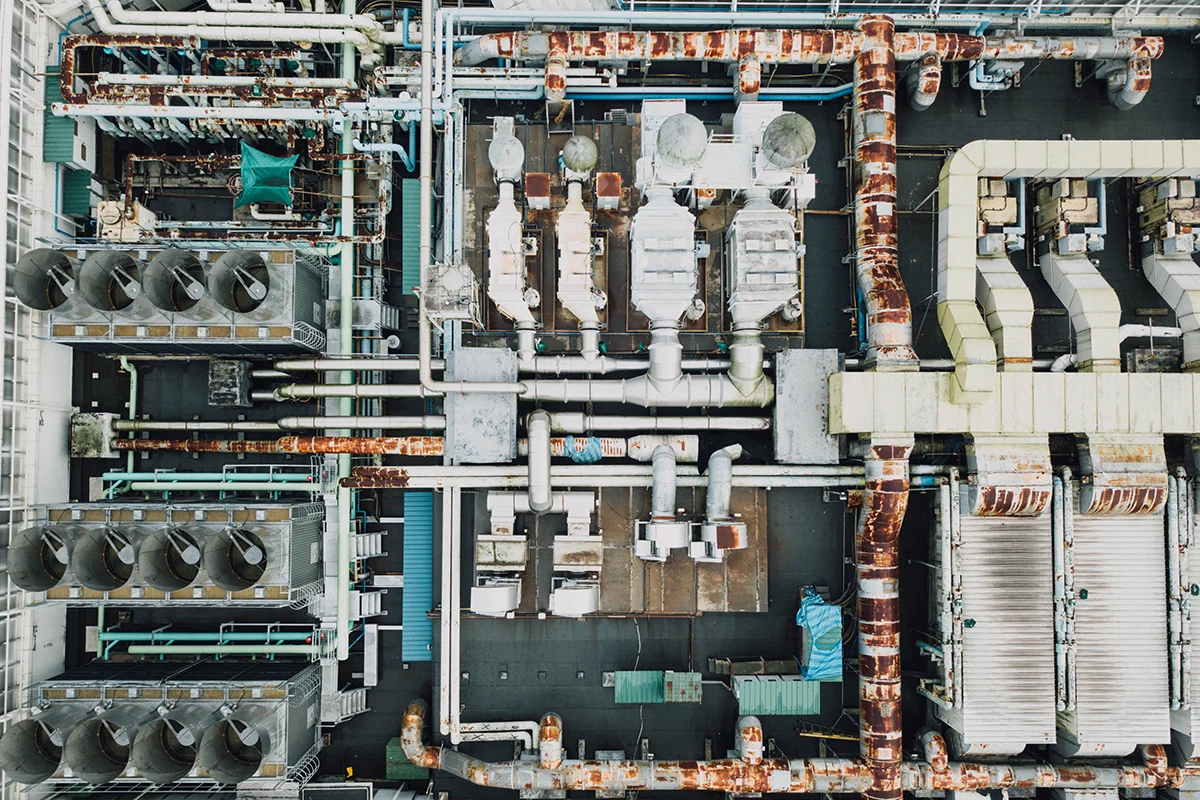Contents
Right now, the world’s reliance on critical minerals and materials – such as copper, lithium, nickel, cobalt and rare earth elements, is increasing at a significant rate.
This is due to two key factors. Firstly, these materials and elements are being used in innovations like solar panels, smartphones and computer memory chips – the demand for which is increasing exponentially.1
Secondly, the energy sector is starting to become a leading consumer of critical minerals and materials. According to the International Energy Agency, clean energy technologies’ share of total demand will rise significantly over the next two decades – to over 40% for copper and rare earth elements, 60 – 70% for nickel and cobalt, and almost 90% for lithium.2 A typical electric car, for instance, requires six times the mineral inputs of a conventional car, and an onshore wind plant requires nine times more mineral resources than a similarly sized gas-fired power plant. 3
In fact, a concerted effort to reach the goals of the Paris Agreement actually means a quadrupling of mineral requirements for clean energy technologies by 2040. And an even faster transition to net-zero globally by 2050 requires six times more mineral inputs in 2040 than today.4
The opportunity for minerals processing plants
Currently, the production and processing of many minerals such as lithium, cobalt and some rare earth elements are also highly concentrated in a handful of countries, with the top three producers accounting for more than 75% of supplies.5 This – coupled with ever-increasing demand – represents a major opportunity for minerals processing plants around the world.
However, capitalising on this growing opportunity also means minerals processing plants will need to overcome some common challenges:
Slow, inefficient processes
It’s still very common for minerals processing plants to operate using manual processes, and to have a heavy reliance upon Excel spreadsheets for their overall analysis and reporting. This affects their ability to operate as efficiently and effectively as possible, and to generate the margins they need. Also, according to the International Energy Agency, this operating inefficiency means many plants are presenting very long lead times when it comes to bringing new mineral production on stream.6
The need for digital, data-led processes and insight is clear – yet digital transformation in the mining sector remains considerably lower than many other comparable industries.
Recognising the opportunity associated with critical minerals, for instance, the Australian government recently committed to creating a ‘strategic critical minerals processing industry’. In its roadmap, the government suggests that technology will play a vital role, particularly when it comes to ‘providing intelligence to support efficient operations’, and adds that ‘this includes technology that monitors and improves performance, such as digital twinning, predictive maintenance, data analytics, sensors and asset health’. 7
Lack of digital innovation
In keeping with the lack of overall process efficiency and digitalisation, many processing plants have also been slow to adopt innovations, like machine learning and artificial intelligence, which can help uncover all-important insight and efficiency. To respond to the critical minerals opportunity, automation is essential.
As the Australian government says in its National Critical Minerals Development Roadmap, ‘opportunities also exist in developing and deploying technology to enhance and enable equipment performance, such as autonomous systems, remote control, augmented reality, artificial intelligence, and machine learning.’ 8
Increasing environmental and sustainability scrutiny
To compete as a critical minerals processor – which underpins the renewable energy sector – plants must also be able to demonstrate their commitment to sustainability and environmental care.
The Australian government’s roadmap9 suggests that there is an opportunity for operations which:
- Extract resources with improved environmental performance
- Improve ore to waste ratios in metal recovery
- Lower the use of toxic or environmentally sensitive chemicals in processing
- Maximise water and emissions efficiencies in operations
However, many plants simply don’t have the systems or tools in place to effectively measure, analyse or proactively reduce their emissions. Sustainability reporting is therefore very time consuming and difficult, and in many instances, compliance remains at risk.
Declining quality and availability of materials
The declining quality of resources critically impacts certain areas, and the need for processing efficiency and waste minimisation is greater than ever. Mining assets are also increasingly being exposed to climate risks, such as water shortages, extreme heat and flooding10 – meaning there has never been a greater need to manage their utilisation and processing very precisely and accurately.
Unfortunately, however, in many processing plants, a lack of insight and digitalisation means that an unnecessarily large volume of product is being lost to tailings. A recent report suggests that tailings recovery plays a key role in process optimisation – and improved profit – for minerals processing plants: ‘Better management of tailings could help reduce potential financial, environmental and safety liabilities…” it suggests.11
Reporting overheads
Already, minerals processing plants face a considerable reporting overhead due to ever-growing regulations and compliance requirements. This places a drain on site operators and managers, and prevents them from focusing on digitalisation or overall process improvement. The processing of critical minerals, however, stricter environmental and social standards, which translates to more extensive and detailed reporting. To respond to this, it’s becoming increasingly imperative that processing plants find more automated, streamlined reporting solutions.
How Metallurgical Intelligence® can help plants gain a competitive advantage
The Metallurgical Intelligence® suite leverages both machine learning and artificial intelligence to analyse the ever-increasing amounts of data that a plant collects on a daily basis, and to drive continual process improvement and optimisation. By providing plants with a digital twin, and extracting and analysing data from right across the plant, Metallurgical Intelligence® gives plants a powerful shortcut to digital transformation, efficiency, process optimisation, compliance and sustainability – leading to greater output and overall profitability. The team here at Metallurgical Systems also has years of experience in lithium, cobalt, platinum group metals, rare earth elements and nickel.
If you want to know more about the critical minerals opportunity and how Metallurgical Systems can help, please get in touch.
References
1 Impactivate, Is the Metals and Mining Industry Evolving on ESG?
2 Corrs Chambers Westgarth, IEA report highlights the increasing role of critical minerals in clean energy transition
3 Corrs Chambers Westgarth, IEA report highlights the increasing role of critical minerals in clean energy transition
4 Corrs Chambers Westgarth, IEA report highlights the increasing role of critical minerals in clean energy transition
5 IEA, Clean energy demand for critical minerals set to soar as the world pursues net zero goals
6 IEA, Clean energy demand for critical minerals set to soar as the world pursues net zero goals
7 Department of Industry, Science, Energy and Resources, Technology and critical minerals processing national manufacturing priority roadmap
8 Department of Industry, Science, Energy and Resources, Technology and critical minerals processing national manufacturing priority roadmap
9 Department of Industry, Science, Energy and Resources, Technology and critical minerals processing national manufacturing priority roadmap
10 Corrs Chambers Westgarth, IEA report highlights the increasing role of critical minerals in clean energy transition
About the authors
This article has been collaboratively authored by the team at Metallurgical Systems, and fact-checked and authorised by Managing Director and industry specialist John Vagenas.

